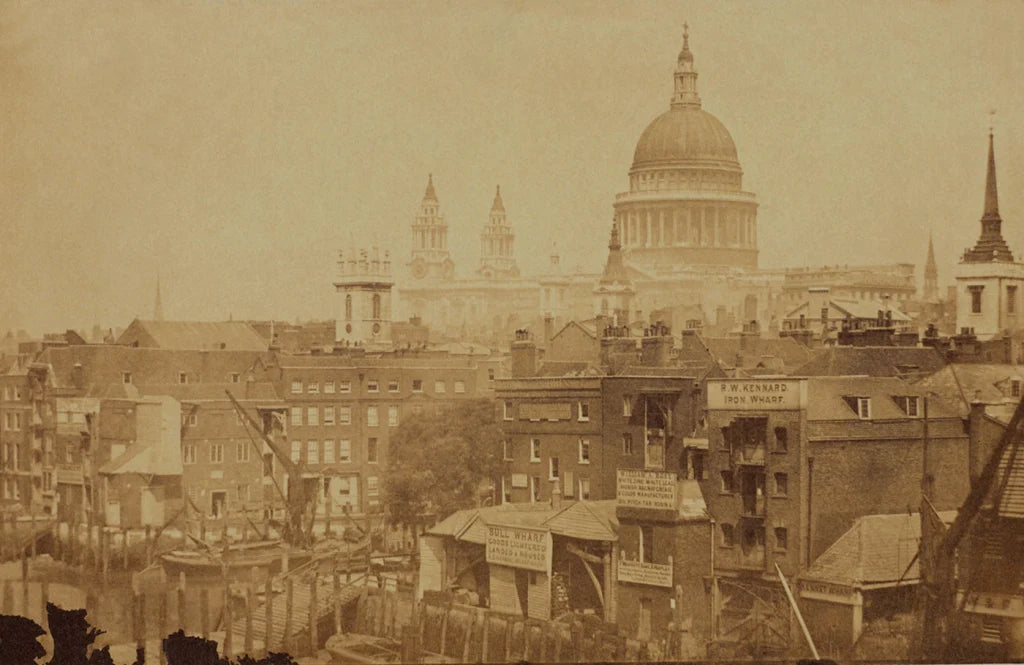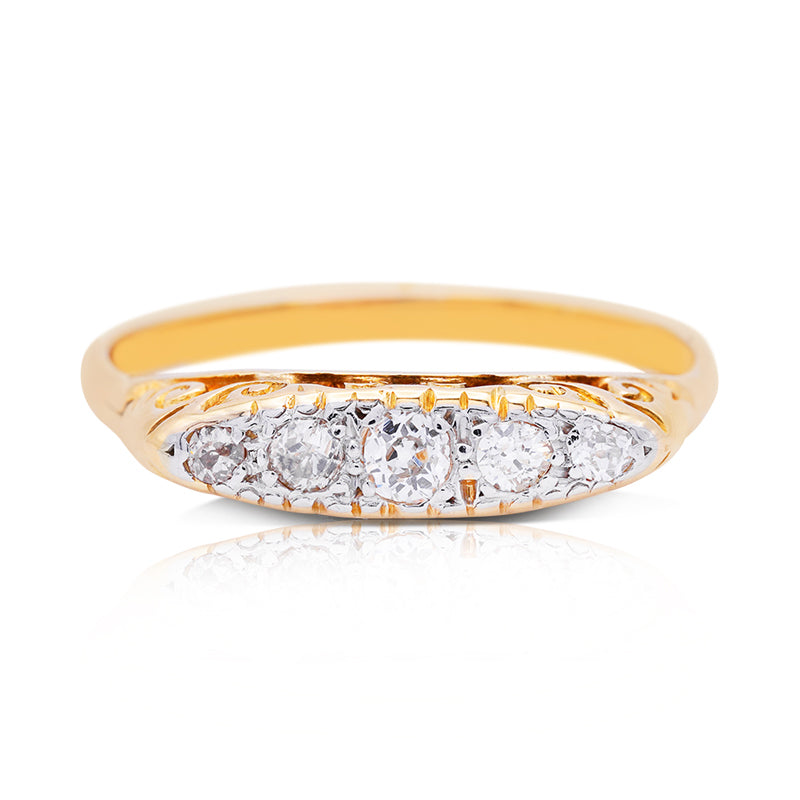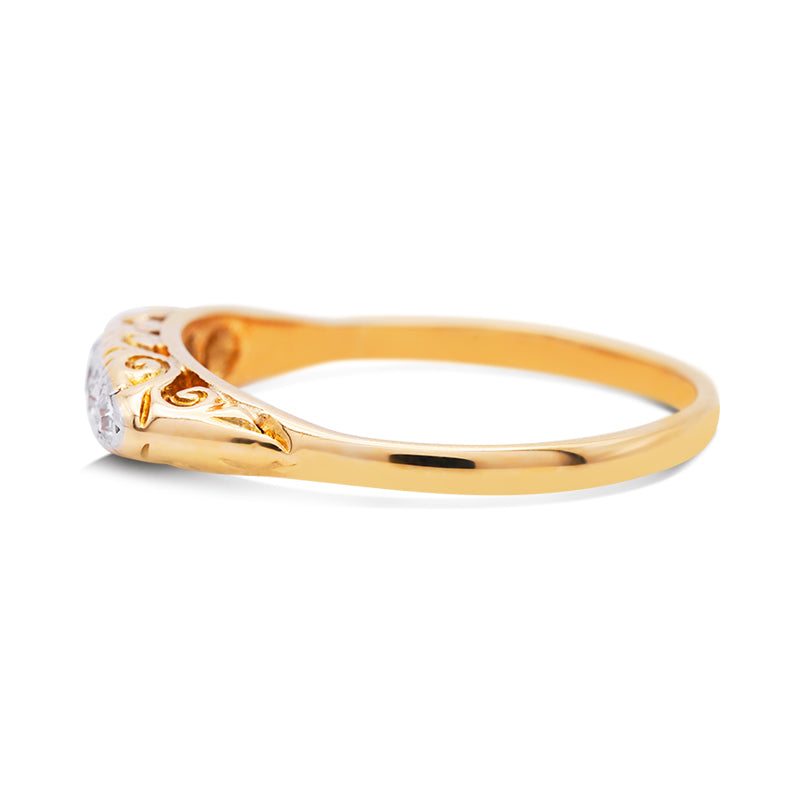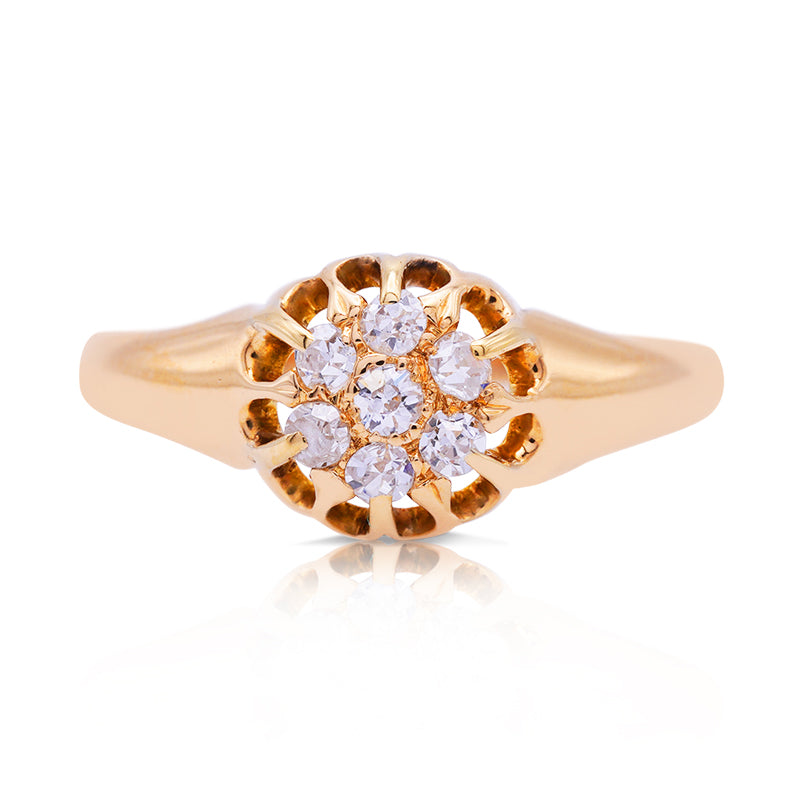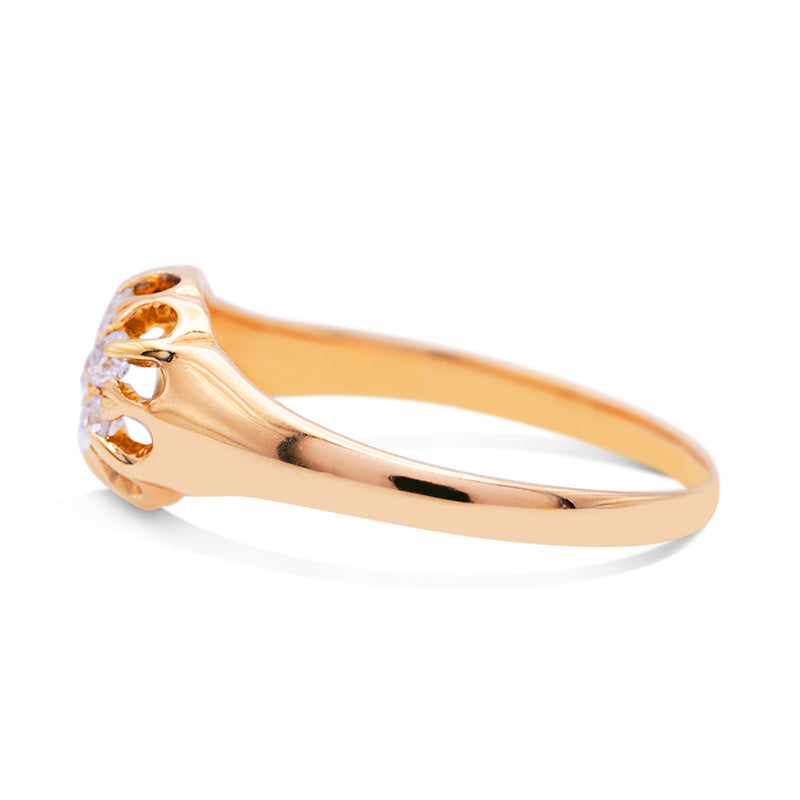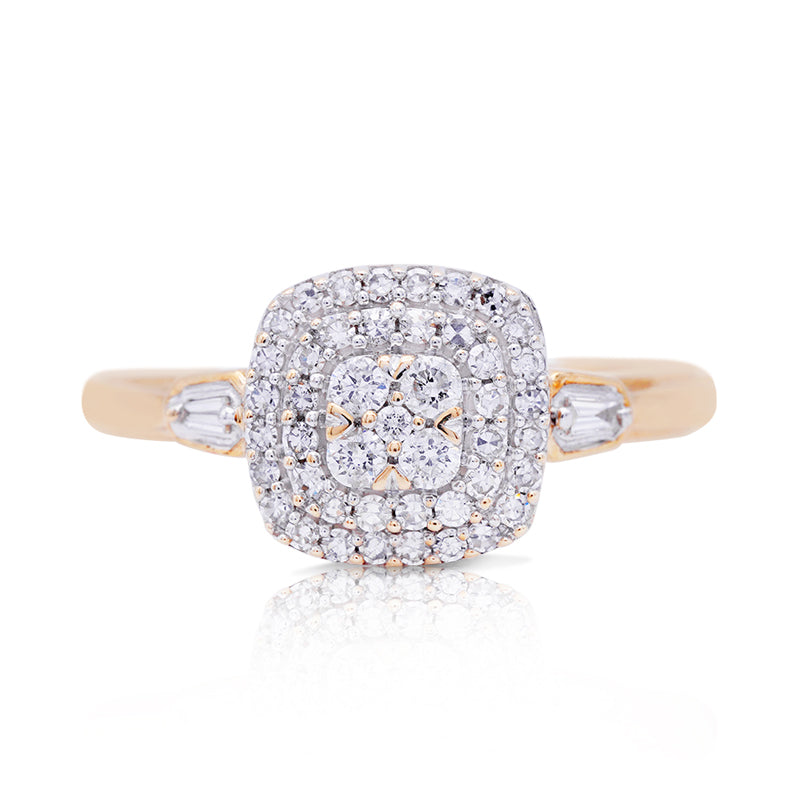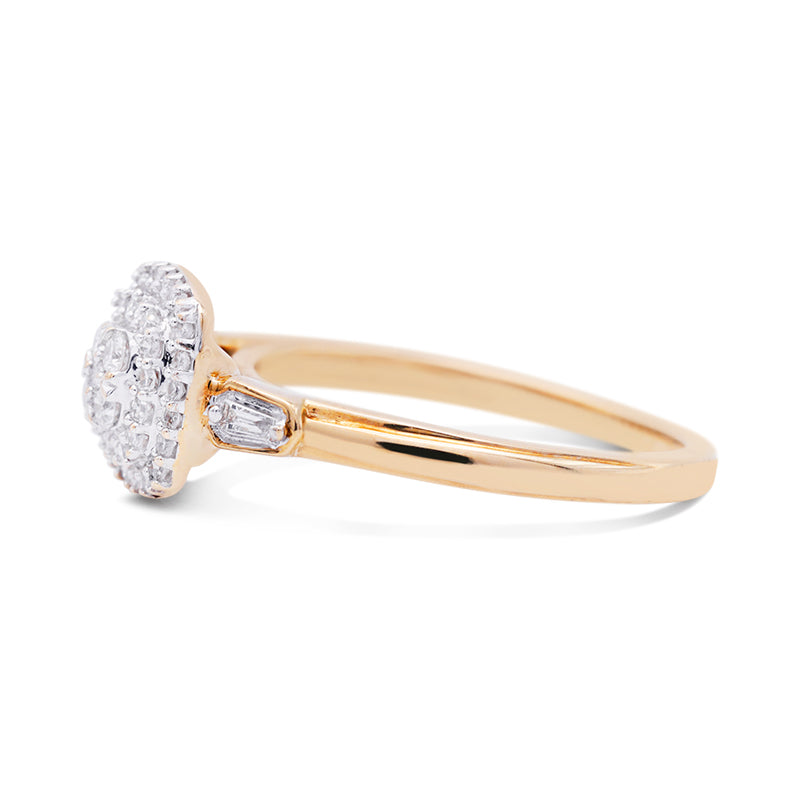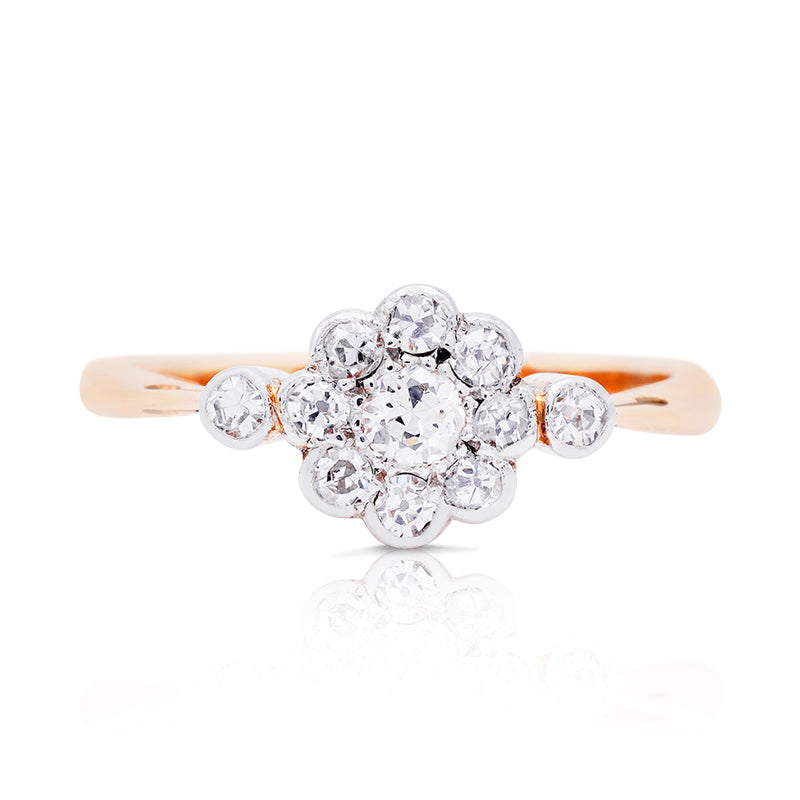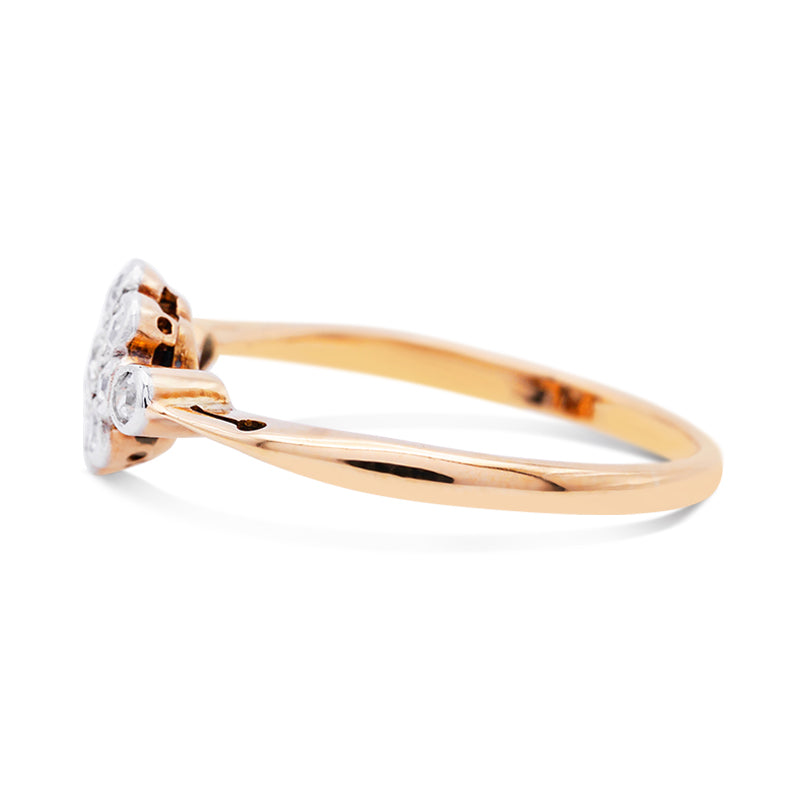The Victorian era, spanning Queen Victoria’s reign from 1837 to 1901, was a period of extraordinary social, industrial, and artistic transformation. Jewellery from this era reflects the values, innovations, and aesthetics of the 19th century—a time when adornments were deeply symbolic, technically advanced, and highly personal.
Jewellery as a Reflection of Status and Sentiment
Jewellery in Victorian society served as both a status symbol and a deeply sentimental accessory, especially for women. While it was rare for men to wear decorative jewellery, pocket watches and chains—sometimes adorned with charms or seals—offered a sophisticated, masculine touch.
International exhibitions and expanding European empires brought in stylistic influences from across the globe. Ancient Rome, Greece, Egypt, and the Renaissance all shaped design sensibilities. Following Queen Victoria’s proclamation as Empress of India in 1876, Eastern motifs gained popularity in British jewellery.
Popular Materials and Techniques
Victorian jewellers worked primarily with gold and silver, the latter often treated to create an oxidised, darkened appearance that evoked a Medieval aesthetic. Enamel work and delicate filigree were also common.
Gemstones such as old-cut diamonds, turquoise, amethysts, opals, seed pearls, garnets, emeralds, rubies, and sapphires were widely used. Pieces tended to be bold, intricate, and symbolic of wealth and refinement.
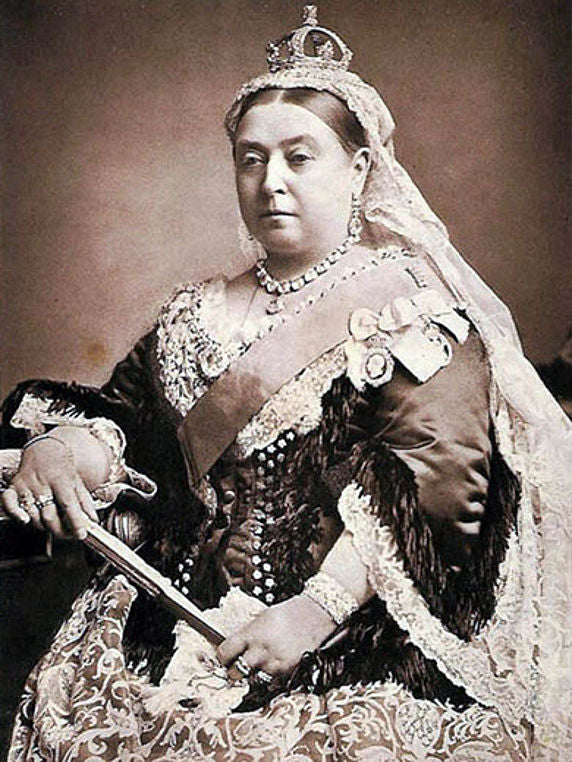
Natural Motifs and Symbolism
Victorian jewellery was rich in meaning. Designs often featured flowers, vines, doves, and butterflies. Each motif carried significance—forget-me-nots symbolised true love, lilies of the valley represented the return of happiness, and serpents, often shown biting their own tail, symbolised eternity.
Queen Victoria’s personal taste helped popularise sentimental jewellery. Her fondness for charm bracelets shifted them from good-luck tokens to personalised fashion statements. Charms featured everything from wheelbarrows and watering cans to animals and miniature household objects.
Mourning Jewellery and the Culture of Grief
After the death of Prince Albert in 1861, mourning jewellery became a national trend. Widows were expected to dress in full black for a year and a day, and their jewellery followed suit. Only minimal matt black ornaments, typically made from unpolished jet or black onyx, were considered appropriate.
Lockets and brooches, often containing hair or portraits of loved ones, were worn close to the heart. Gothic Revival styles—featuring crosses, quatrefoils, and somber motifs—became common, reflecting a blend of spiritual symbolism and mourning.
Technical Innovation and New Possibilities
The mid-19th century saw major technical developments. Electro-gilding, improved safety catches, and new fastening systems expanded jewellery-making possibilities. By the 1860s, women had access to earring clips and screw-back mechanisms, offering alternatives to pierced ears.
While bracelets were popular in the earlier part of the era, they gradually faded from fashion by its end. Cameos, lockets, and brooches remained sought after throughout the period, often used to secure shawls or add elegance to everyday dress.
A Lasting Legacy
Victorian jewellery endures today as a fascinating window into 19th-century life. Every detail—from gemstone choice to floral motif—offered a way to express identity, affection, or grief. It remains a beloved style among antique collectors and romantics alike, cherished for its craftsmanship, symbolism, and historic depth.
Restoring Victorian Jewellery at Our In-House Workshop
At our West Sussex workshop, we specialise in the restoration and replication of Victorian jewellery, blending traditional craftsmanship with expert knowledge. Our dedicated on-site setter has over 56 years of experience in the trade and is highly skilled in bringing antique pieces back to life with the care and authenticity they deserve. Whether you own a treasured family heirloom or are looking to commission a faithful reproduction, we can help you preserve the beauty and legacy of Victorian design. Our in-house team is proud to offer expert antique jewellery restoration services—right here at our Crawley workshop.
By Sarah Stephens
Check out our other expert articles

